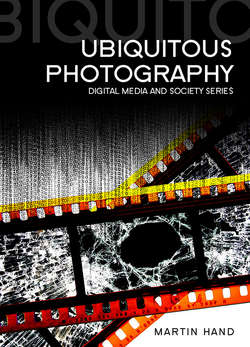Описание книги
The rise of digital photography and imaging has transformed the landscape of visual communication and culture. Events, activities, moments, objects, and people are ‘captured' and distributed as images on an unprecedented scale. Many of these are shared publicly; some remain private, others become intellectual property, and some have the potential to shape global events. In this timely introduction, the ubiquity of photography is explored in relation to interdisciplinary debates about changes in the production, distribution, and consumption of images in digital culture. Ubiquitous Photography provides a critical examination of the technologies, practices, and cultural significance of digital photography, placing the phenomenon in historical, social, and political-economic context. It examines shifts in image-making, storage, commodification, and interpretation as highly significant processes of digitally mediated communication in an increasingly image-rich culture. It covers debates in social and cultural theory, the history and politics of image-making and manipulation, the current explosion in amateur photography, tagging and sharing via social networking, and citizen journalism. The book engages with key contemporary theoretical issues about memory and mobility, authorship and authenticity, immediacy and preservation, and the increased visibility of ordinary social life. Drawing upon a range of sources and original empirical research, Ubiquitous Photography provides a comprehensive introduction to critical academic debate and concrete developments in the field of digital photography. It is essential reading for students and scholars interested in media and society, visual culture, and digital technology.
